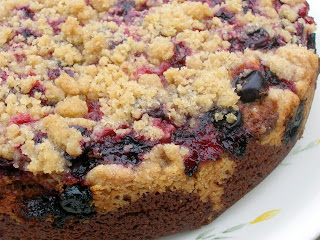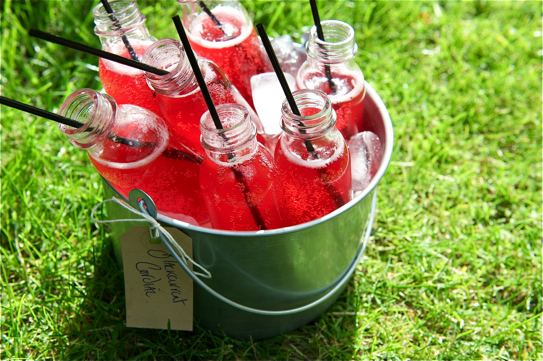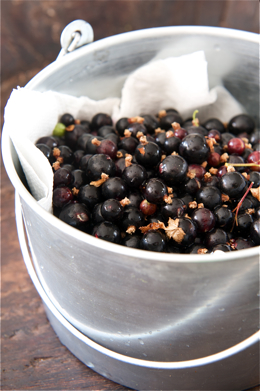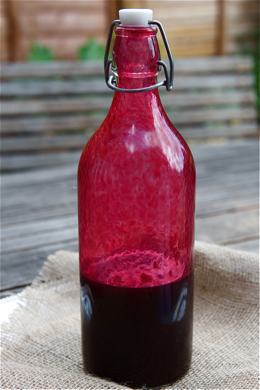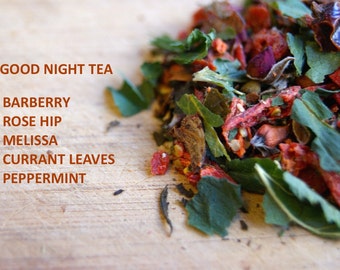sister herb
Official TTI Chef

The blackcurrant (Ribes nigrum) is a woody shrub in the family Grossulariaceae grown for its piquant berries. It is native to temperate parts of central and northern Europe and northern Asia where it prefers damp fertile soils and is widely cultivated both commercially and domestically. It is winter hardy but cold weather at flowering time during the spring reduces the size of the crop. Bunches of small, glossy black fruit develop along the stems in the summer and can be harvested by hand or by machine. The fruit is rich in vitamin C, various other nutrients, phytochemicals and antioxidants. Blackcurrants can be eaten raw but are usually cooked in a variety of sweet or savoury dishes. They are used to make jams, jellies and syrups and are grown commercially for the juice market. The fruit is also used in the preparation of alcoholic beverages and both fruit and foliage have uses in traditional medicine and the preparation of dyes.
The currant is a fruit bearing shrub, originating from Tibet, extended and cultivated in Europe, dating 400 years back.
Culinary uses

In Lithuanian cuisine, Juodųjų serbentų pyragas, or blackcurrant pie, is a popular dessert.
The fruit of blackcurrants can be eaten raw, but its strong, tart flavour requires sweetening to be palatable. It can be made into jams and jellies which set readily because of the fruit's high content of pectin and acid. For culinary use, the fruit is usually cooked with sugar to produce a purée, which can then be passed through muslin to separate the juice. The purée can be used to make blackcurrant preserves and be included in cheesecakes, yogurt, ice cream, desserts, sorbets and many other sweet dishes. The exceptionally strong flavour can be moderated by combining it with other fruits, such as raspberries and strawberries in summer pudding, or apples in crumbles and pies. The juice can be used in syrups and cordials. Blackcurrants are a common ingredient of Rødgrød, a popular kissel-like dessert (a dessert made from fruit juice or puree, boiled with sugar and water and thickened with potato or cornstarch) in North German and Danish cuisines.
Blackcurrants are also used in savoury cooking because their astringency creates added flavour in many sauces, meat and other dishes and they are included in some unusual combinations of foods. They can be added to tomato and mint to make a salad, used to accompany roast or grilled lamb, used to accompany seafood and shellfish, used as a dipping sauce at barbecues, blended with mayonnaise, used to invigorate bananas and other tropical fruits, combined with dark chocolate.
Beverages
The juice forms the basis for various popular cordials, juice drinks, juices and smoothies. Typically blended with apple or other red fruits, it is also mixed with pomegranate and grape juice. Making tea from its leaves is also popular in Russia and Scandinavia.
Close relatives of black currant:
Red Currant (Ribes rubrum) and its variant White Currant. The white currant is actually an albino cultivar of the red currant but is marketed as a different fruit. White currants are rarely specified in savory cooking recipes compared with their red counterparts. They are often served raw and provide a sweetly tart flavor. White currant preserves, jellies, wines and syrups are also produced.


